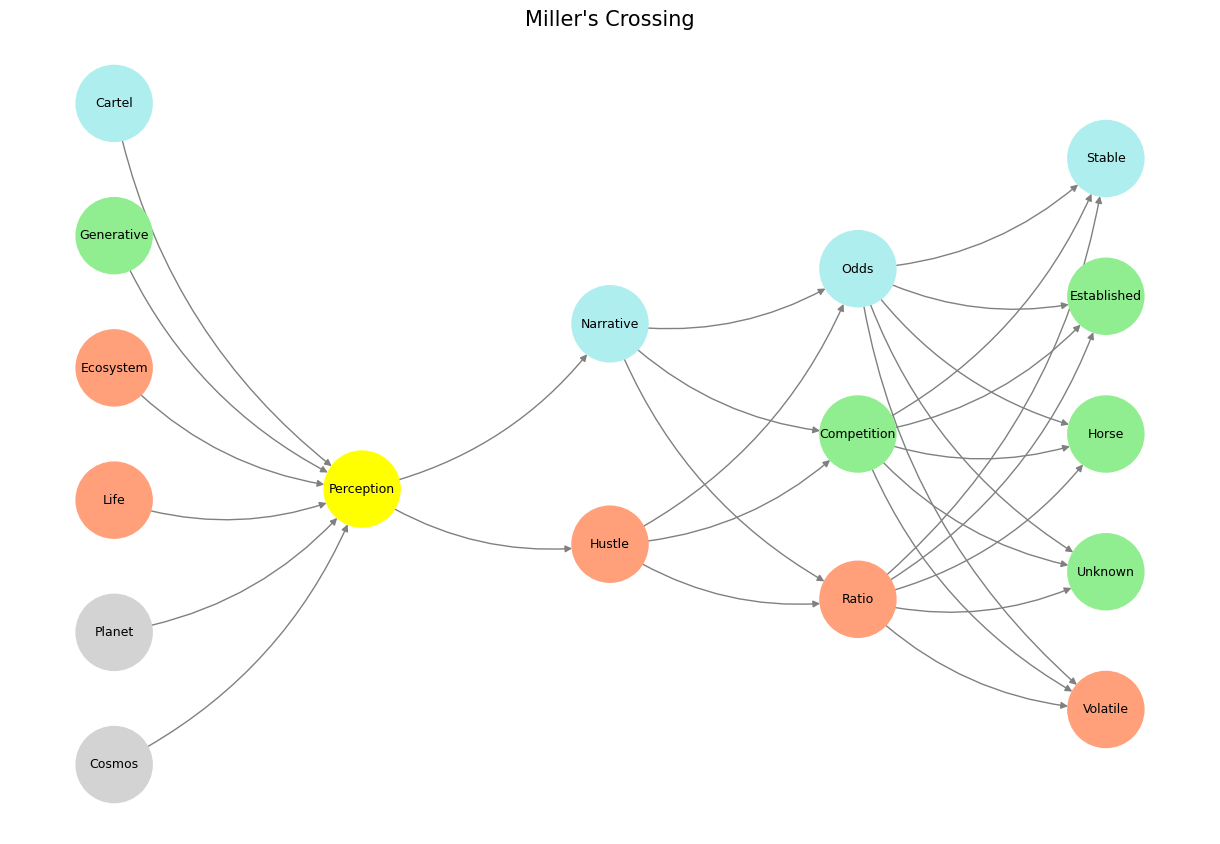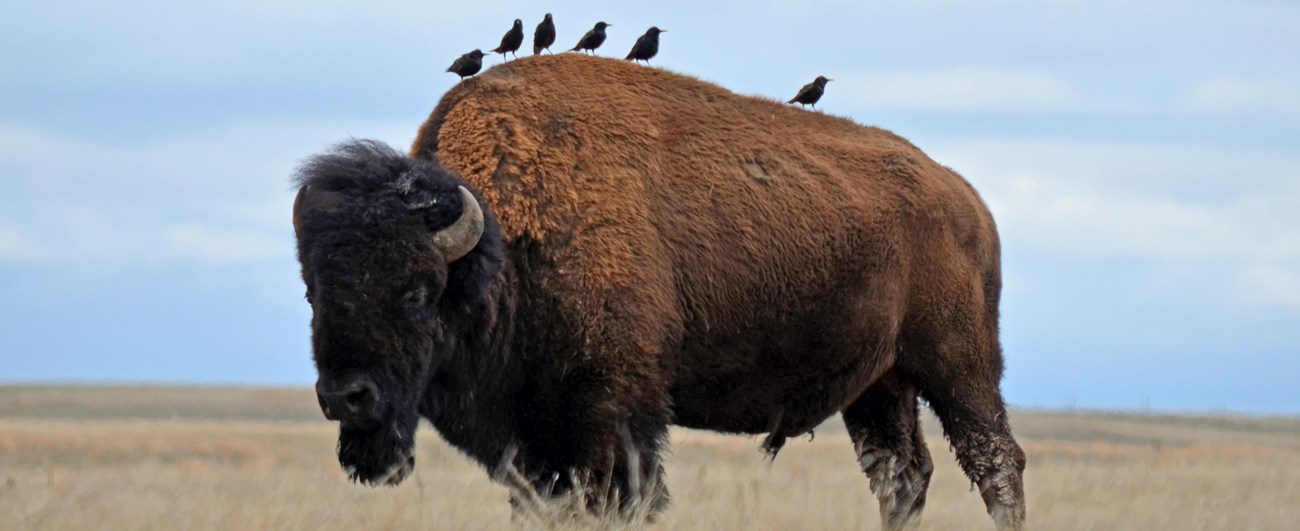Base#
A cartel is fundamentally an emblem of insecurity. By its nature, a cartel signifies a defensive posture—an acknowledgment that the odds against its individual members are too short for comfort. In forming alliances and enforcing constraints, members of a cartel attempt to artificially stabilize the competitive environment, redistributing market forces to ensure survival rather than triumph. The insecurity lies in the fear that the open market, unregulated and unforgiving, might reveal their vulnerabilities. The cartel, then, is a sanctuary of parity, where survival is not predicated on excellence but on collective manipulation.
Fig. 25 The Next Time Your Horse is Behaving Well, Sell it. The numbers in private equity don’t add up because its very much like a betting in a horse race. Too many entrants and exits for anyone to have a reliable dataset with which to estimate odds for any horse-jokey vs. the others for quinella, trifecta, superfecta#
A broader marketplace, which includes alliances like those within a cartel, represents a more neutral equilibrium. Here, the odds among allies even out, as cooperation mitigates direct competition within the group. However, this middle ground still lacks the dynamism of true competitive ecosystems. Alliances, though less rigid than cartels, are still grounded in a compromise of ambition for the sake of mutual security. They foster stability but stifle the kind of innovation and risk-taking that propels individuals or organizations to greatness. Within this framework, the allies remain tethered to the consensus, unable to fully rise above or fall below the collective mean.
In contrast, the outright street hustle is where the cream truly rises to the top. This unregulated environment mirrors the primal essence of competition, where odds ratios soar beyond one for those who innovate, adapt, and outperform. It is in this realm that talent, strategy, and effort are rewarded without artificial constraints. Hustlers embrace the chaos, understanding that uncertainty is not a threat but an opportunity. The hustle embodies the spirit of entrepreneurial Darwinism, where survival is earned, not negotiated.
This conceptual framework aligns with a neural network’s architecture, where each layer reflects a different dimension of market interaction. In the “World” layer, we find abstract constructs like the cosmos, earth, life, and the economic forces of sacrifice, market, and cartel. The “Perception” layer distills how individuals or entities interpret these forces, providing a singular lens to navigate complexity. “Agency” encapsulates human action—the hustle and the narrative that shapes it. “Generativity” captures the ratios, competition, and odds that define success or failure. Finally, “Physicality” grounds these abstractions in tangible realities, encompassing offense, defense, and the unknown variables that drive market outcomes.
The hustle, like the odds ratio greater than one, thrives in the “Physicality” layer’s interplay between the known and the unknown. It is here that innovation finds its battlefield, unburdened by the constraints of alliances or cartels. Cartels, by contrast, belong to the “World” layer’s static constructs—desperate attempts to impose order on the chaos of the marketplace.
Thus, the journey from cartel to hustle is a progression from insecurity to mastery. The cartel clings to survival through enforced stability. The marketplace with alliances offers the possibility of even odds and mutual benefit. But it is only in the unbridled hustle that individuals transcend security, embracing risk and uncertainty to achieve greatness.
Show code cell source
import numpy as np
import matplotlib.pyplot as plt
import networkx as nx
# Define the neural network fractal
def define_layers():
return {
'World': ['Cosmos', 'Planet', 'Life', 'Ecosystem', 'Generative', 'Cartel', ], ## Cosmos, Planet
'Perception': ['Perception'], # Life
'Agency': ['Hustle', 'Narrative'], # Ecosystem (Beyond Principal-Agent-Other)
'Generative': ['Ratio', 'Competition', 'Odds'], # Generative
'Physical': ['Volatile', 'Unknown', 'Horse', 'Established', 'Stable'] # Physical
}
# Assign colors to nodes
def assign_colors():
color_map = {
'yellow': ['Perception'],
'paleturquoise': ['Cartel', 'Narrative', 'Odds', 'Stable'],
'lightgreen': ['Generative', 'Competition', 'Established', 'Horse', 'Unknown'],
'lightsalmon': [
'Life', 'Ecosystem', 'Hustle', # Ecosystem = Red Queen = Prometheus = Sacrifice
'Ratio', 'Volatile'
],
}
return {node: color for color, nodes in color_map.items() for node in nodes}
# Calculate positions for nodes
def calculate_positions(layer, x_offset):
y_positions = np.linspace(-len(layer) / 2, len(layer) / 2, len(layer))
return [(x_offset, y) for y in y_positions]
# Create and visualize the neural network graph
def visualize_nn():
layers = define_layers()
colors = assign_colors()
G = nx.DiGraph()
pos = {}
node_colors = []
# Add nodes and assign positions
for i, (layer_name, nodes) in enumerate(layers.items()):
positions = calculate_positions(nodes, x_offset=i * 2)
for node, position in zip(nodes, positions):
G.add_node(node, layer=layer_name)
pos[node] = position
node_colors.append(colors.get(node, 'lightgray')) # Default color fallback
# Add edges (automated for consecutive layers)
layer_names = list(layers.keys())
for i in range(len(layer_names) - 1):
source_layer, target_layer = layer_names[i], layer_names[i + 1]
for source in layers[source_layer]:
for target in layers[target_layer]:
G.add_edge(source, target)
# Draw the graph
plt.figure(figsize=(12, 8))
nx.draw(
G, pos, with_labels=True, node_color=node_colors, edge_color='gray',
node_size=3000, font_size=9, connectionstyle="arc3,rad=0.2"
)
plt.title("Miller's Crossing", fontsize=15)
plt.show()
# Run the visualization
visualize_nn()

#
Fig. 26 From a Pianist View. Left hand voices the mode and defines harmony. Right hand voice leads freely extend and alter modal landscapes. In R&B that typically manifests as 9ths, 11ths, 13ths. Passing chords and leading notes are often chromatic in the genre. Music is evocative because it transmits information that traverses through a primeval pattern-recognizing architecture that demands a classification of what you confront as the sort for feeding & breeding or fight & flight. It’s thus a very high-risk, high-error business if successful. We may engage in pattern recognition in literature too: concluding by inspection but erroneously that his silent companion was engaged in mental composition he reflected on the pleasures derived from literature of instruction rather than of amusement as he himself had applied to the works of William Shakespeare more than once for the solution of difficult problems in imaginary or real life. Source: Ulysses#

